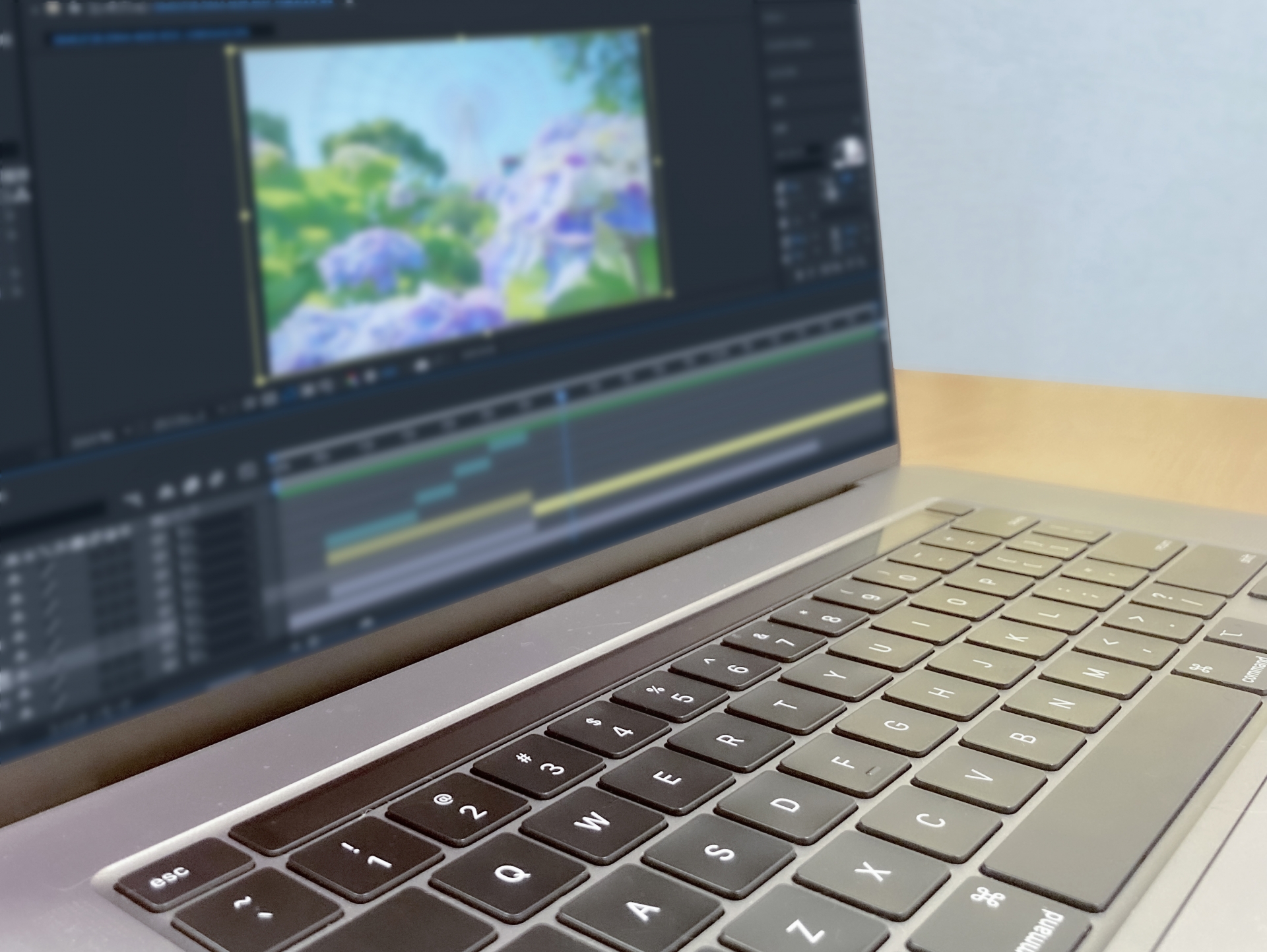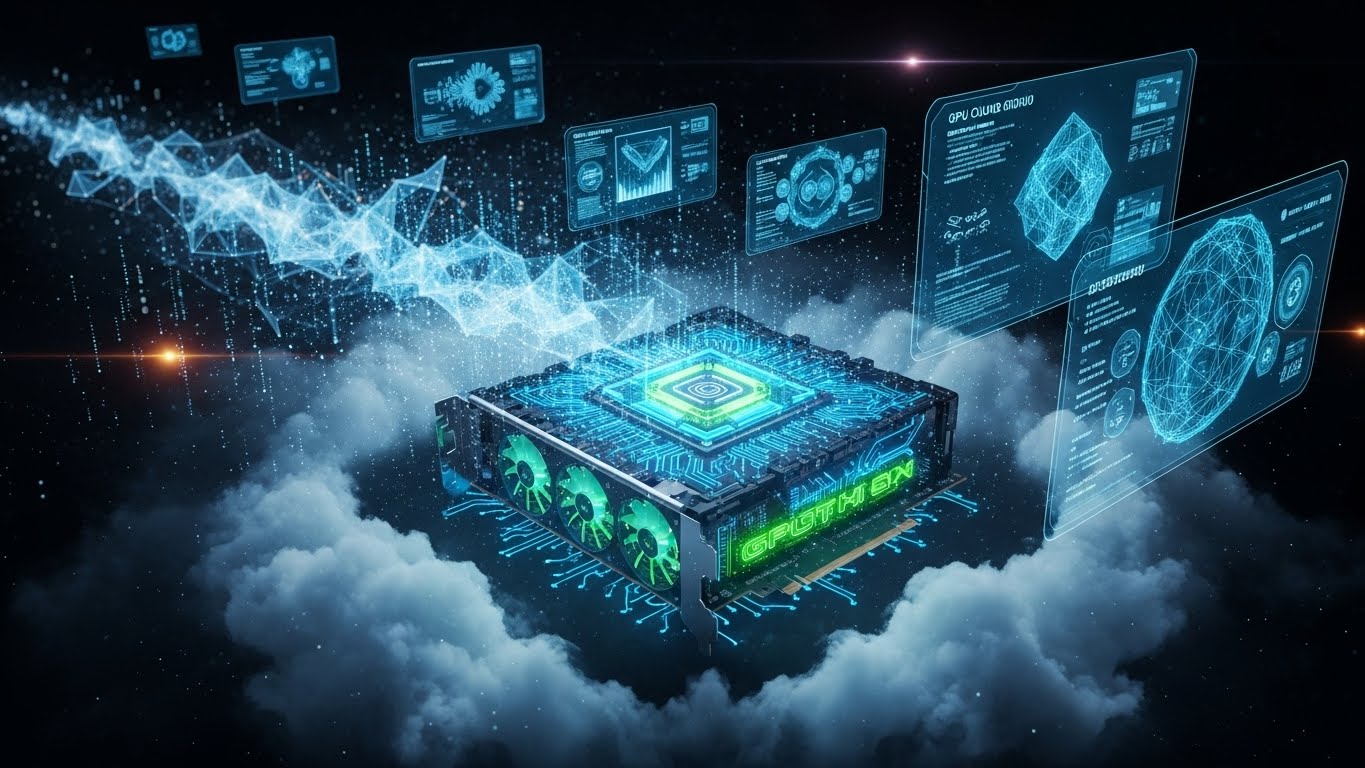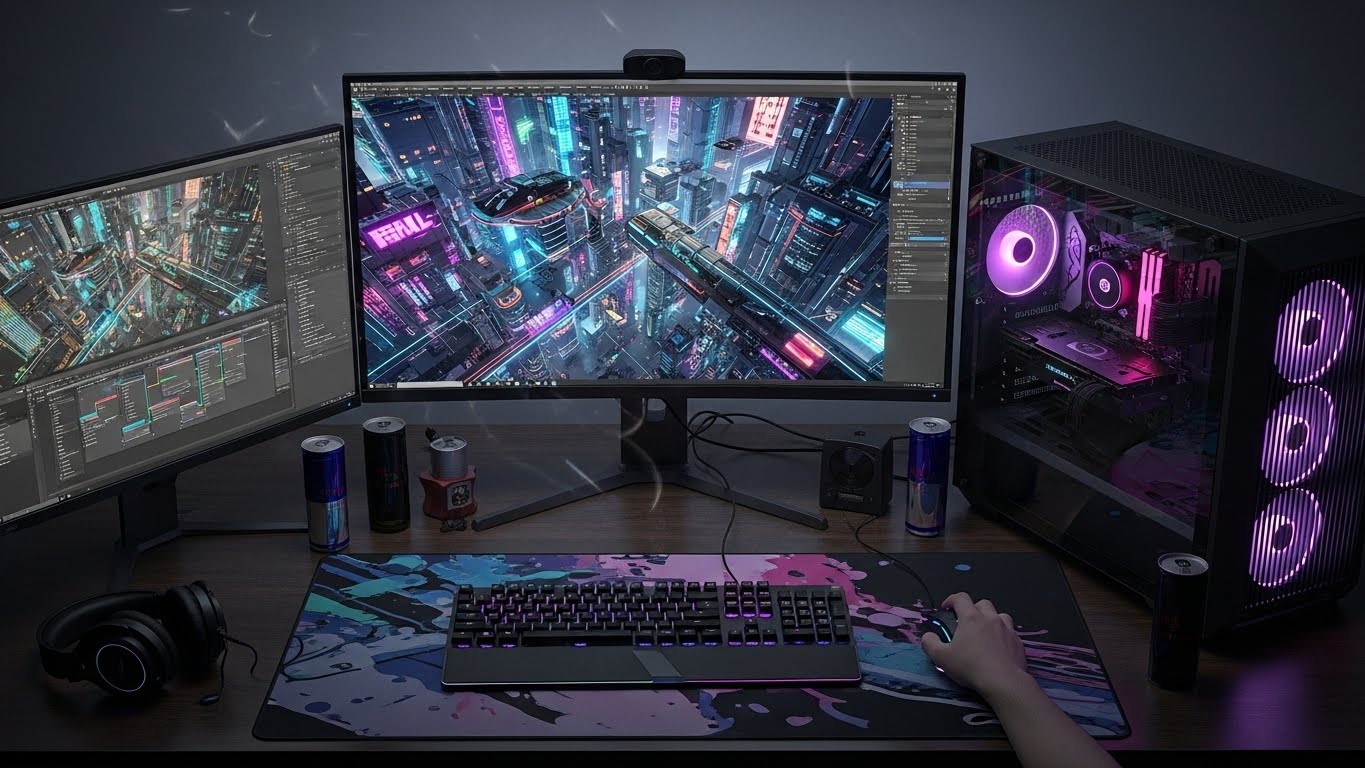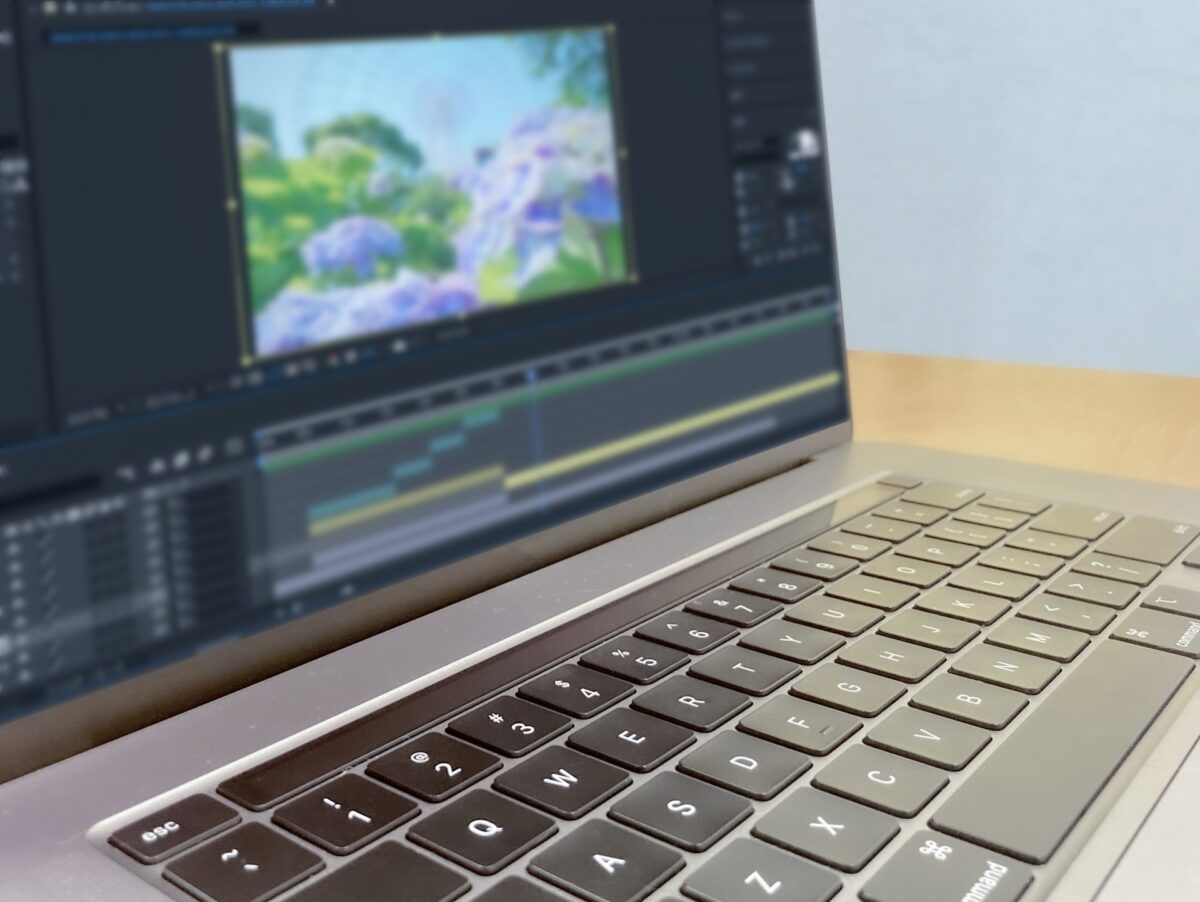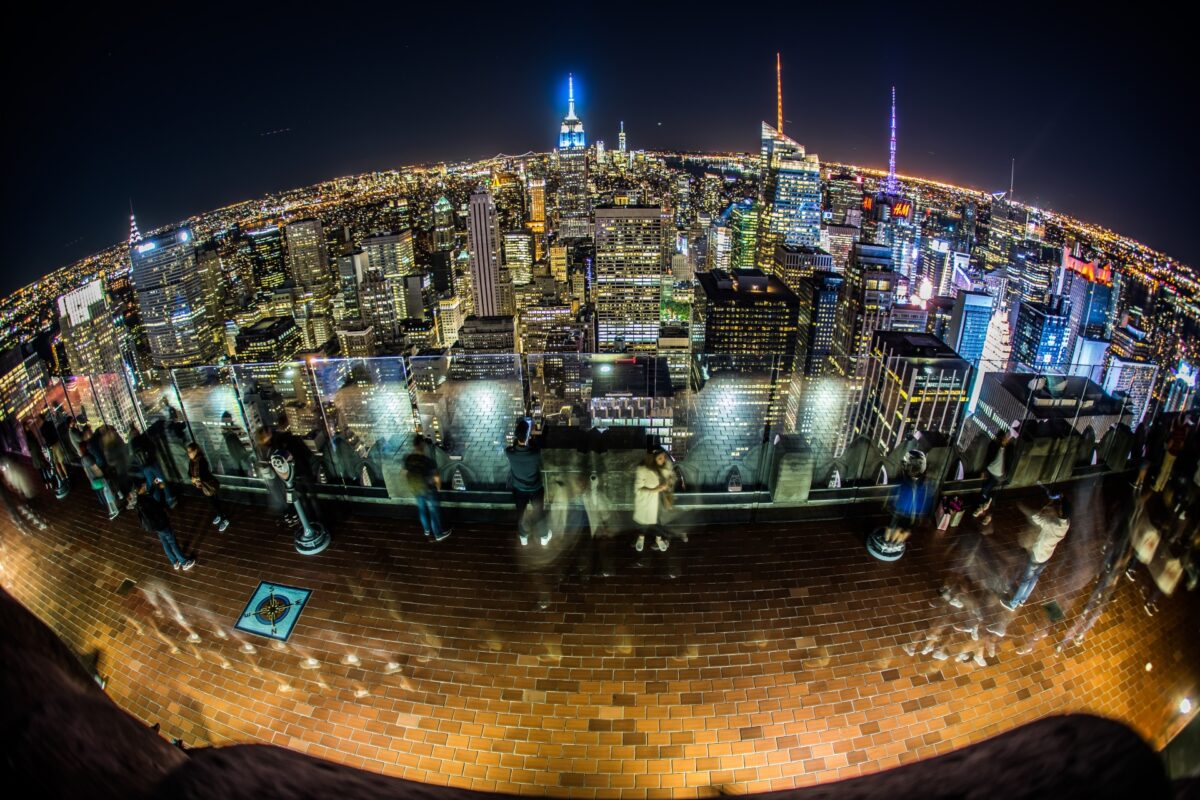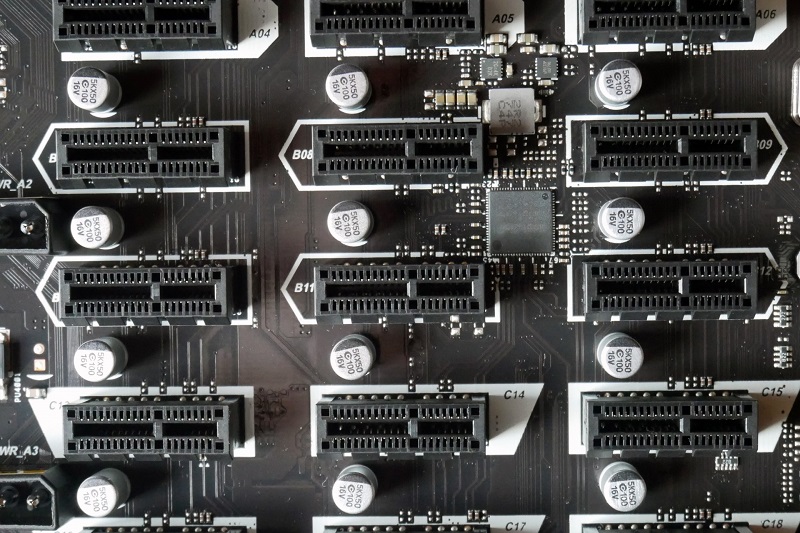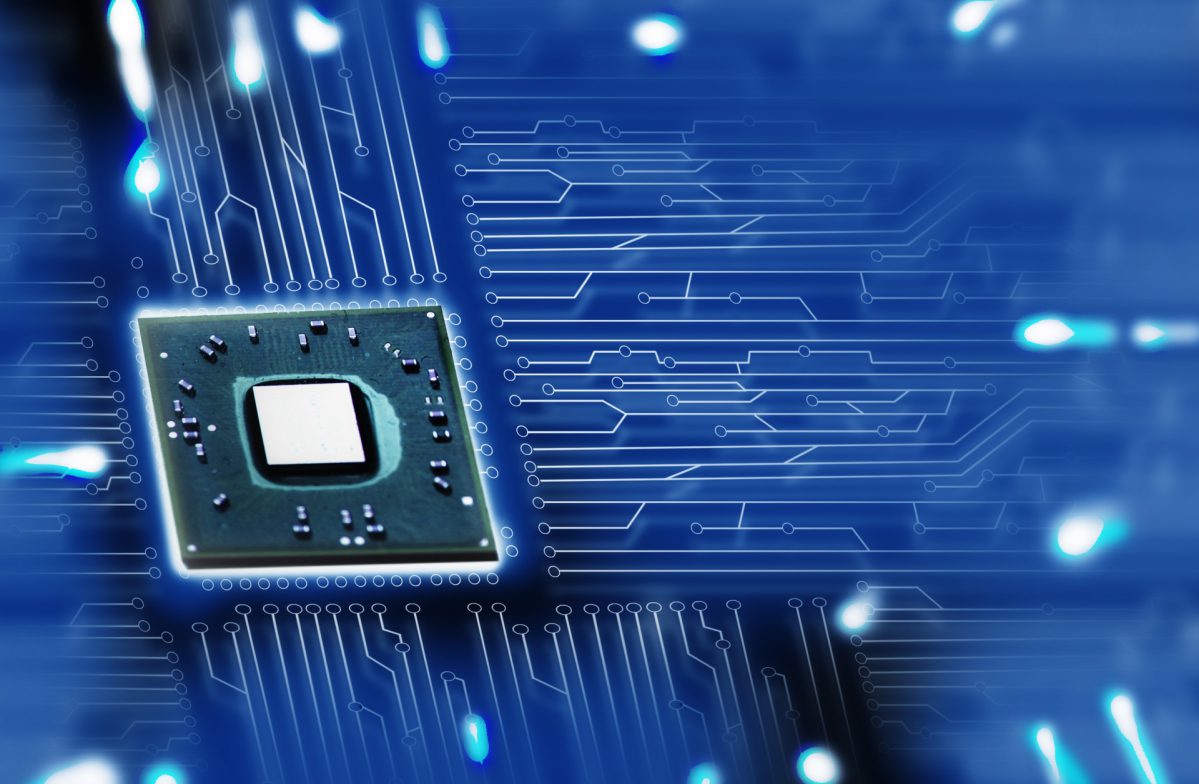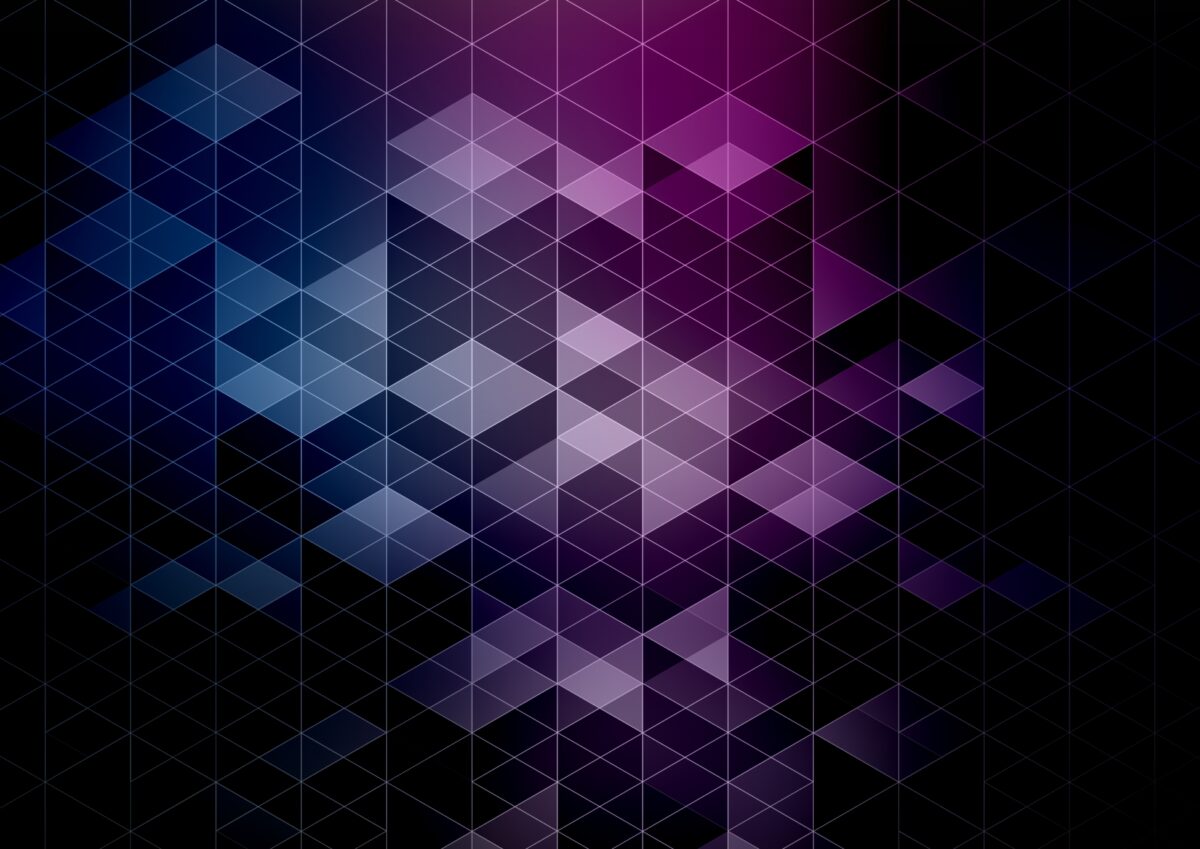Improving the quality of your Blender renders, whether for personal projects, professional portfolios, or client work, can rarely be accomplished all at once. There is no single setting, checkbox, or rendering option that instantly turns a low-quality image into a professional result. Instead, renders improve gradually as you develop a better understanding of lighting, materials, …
